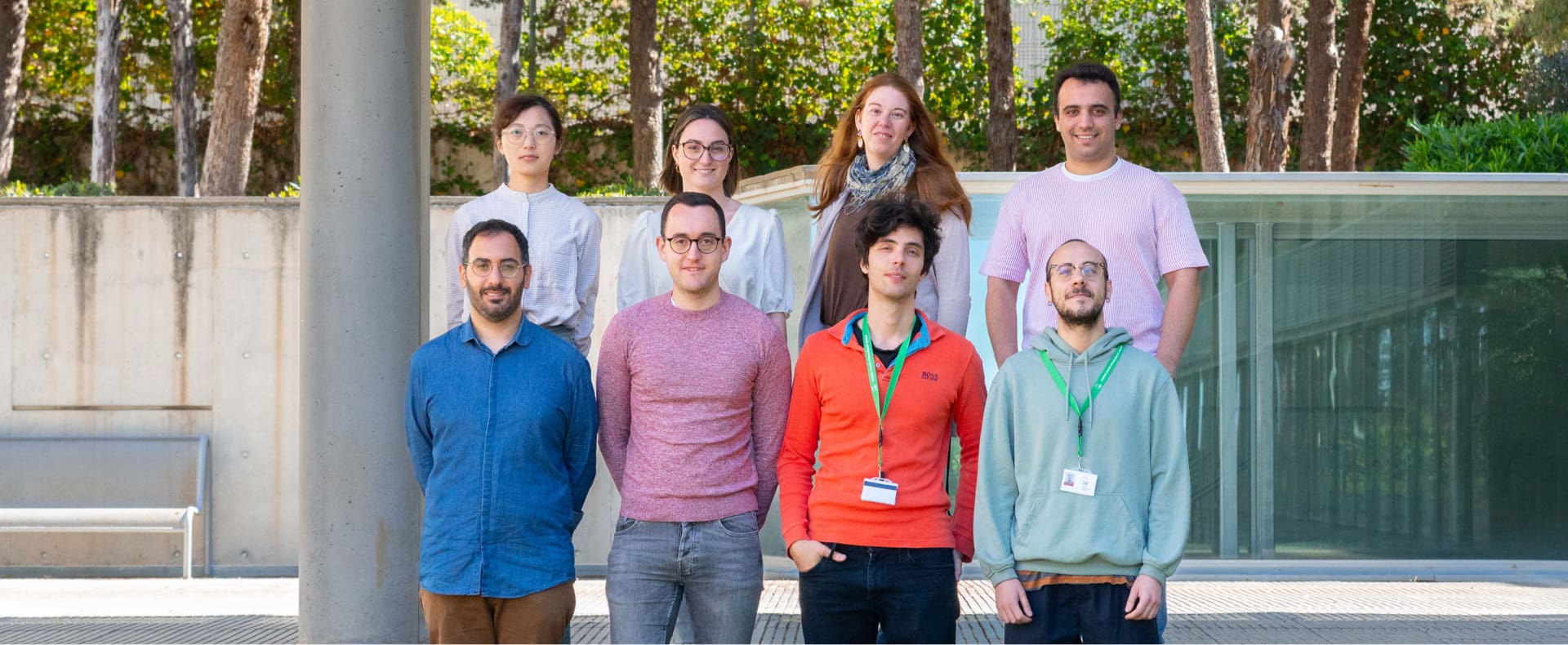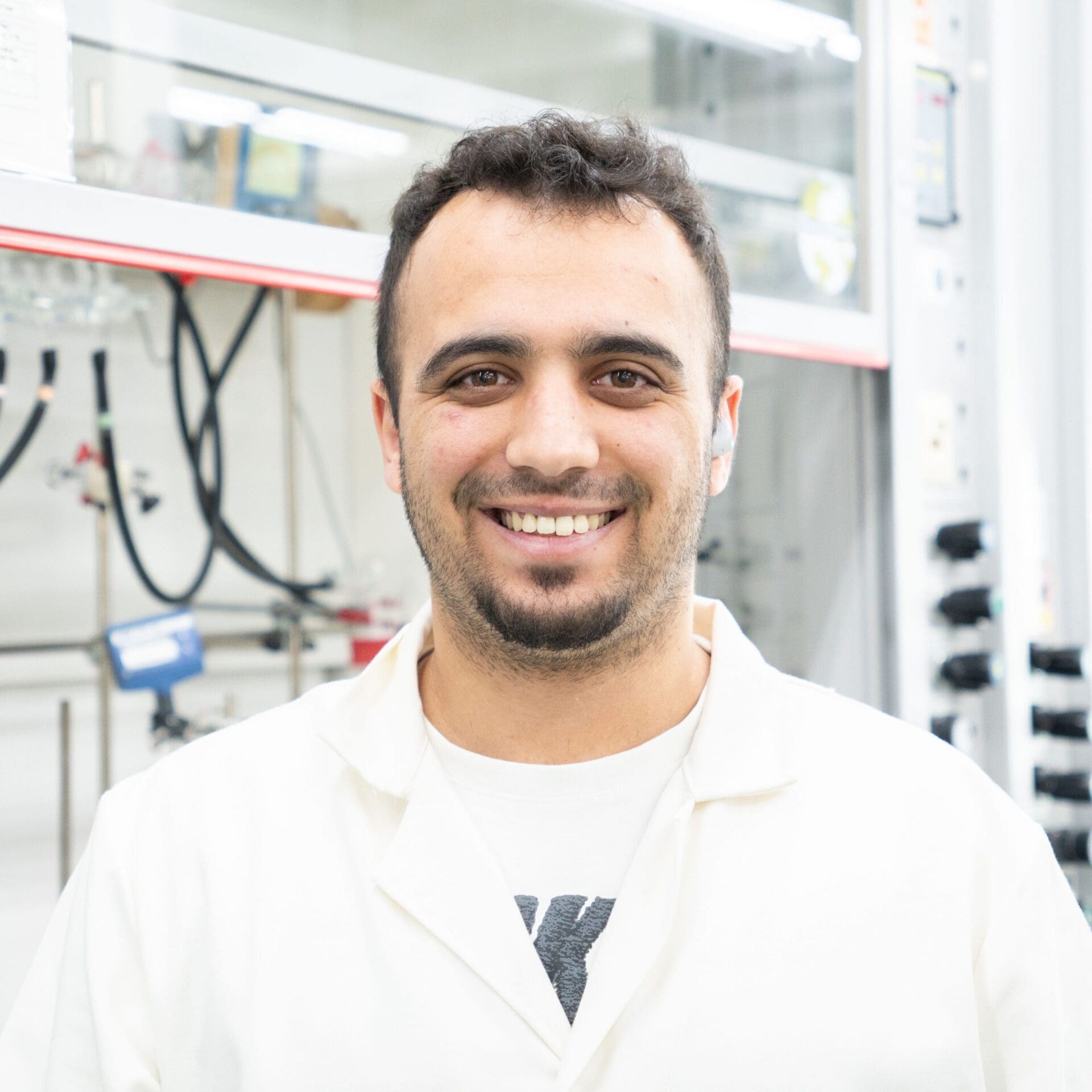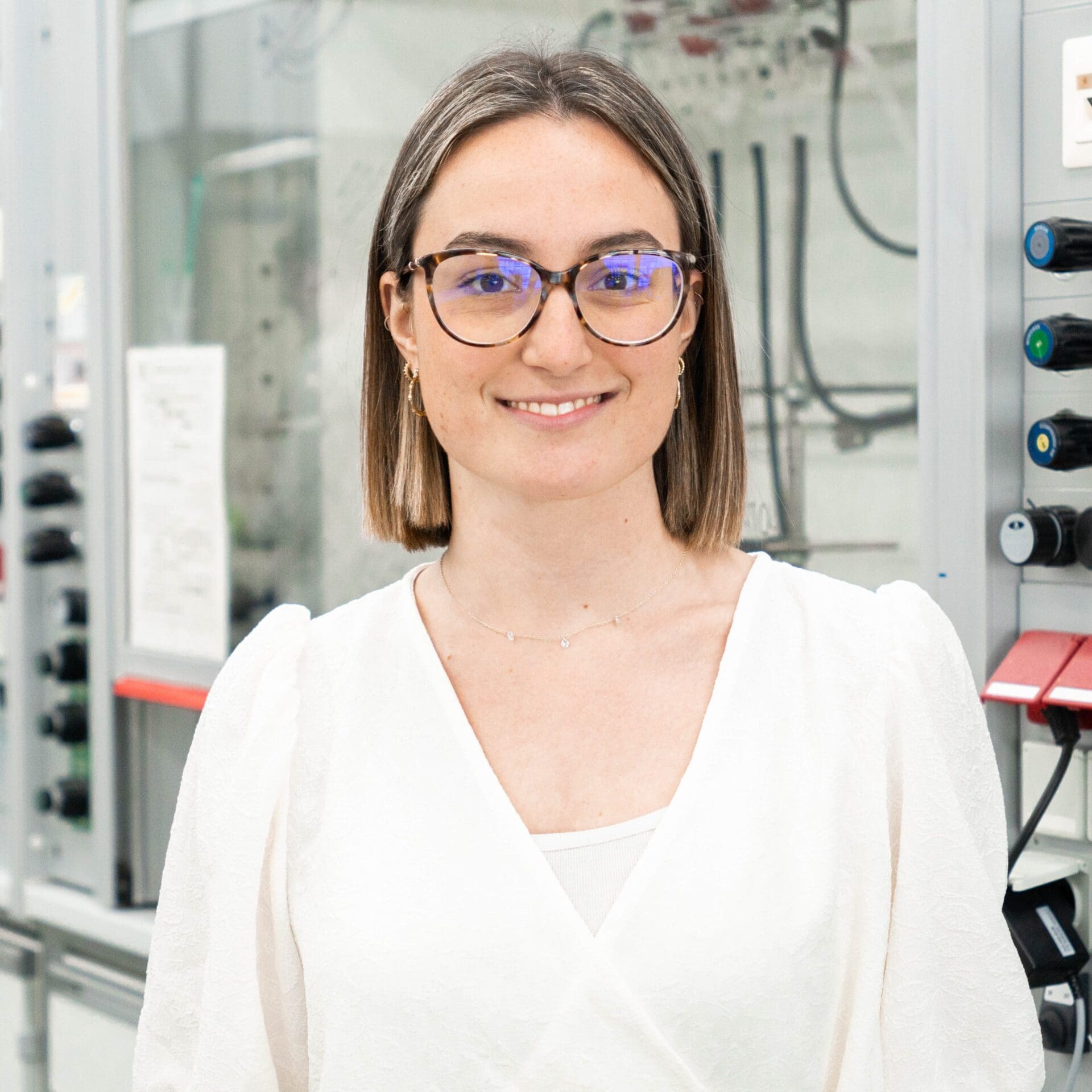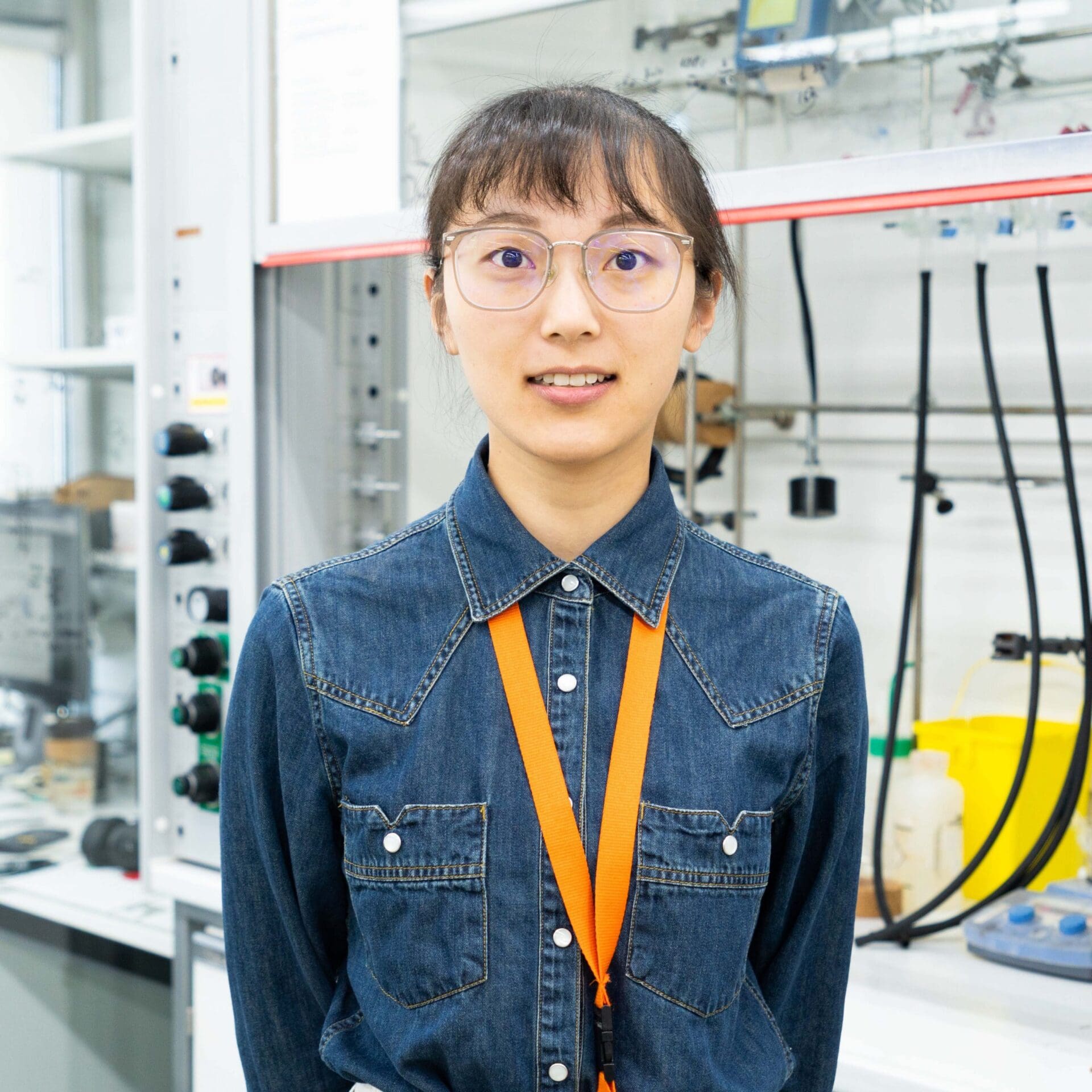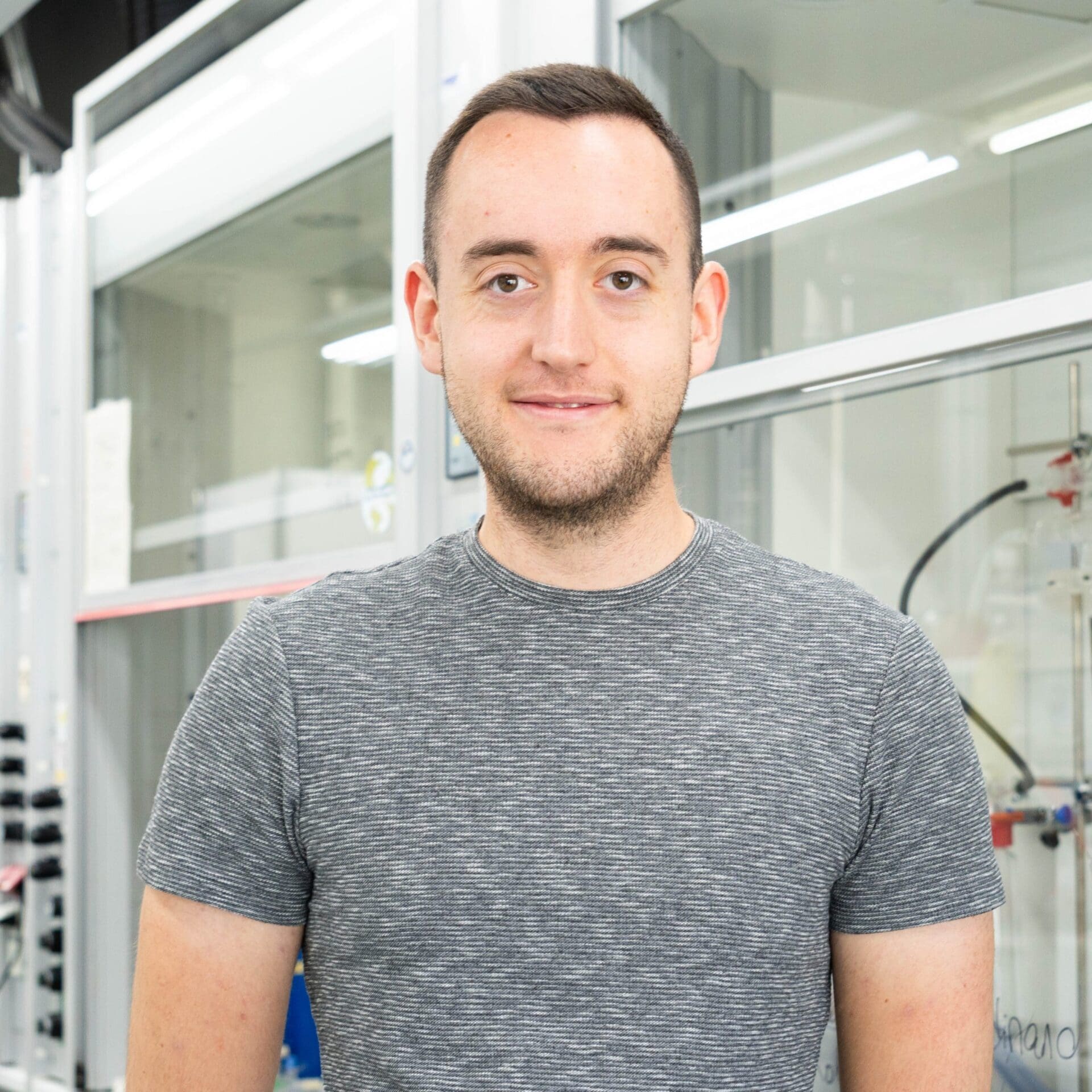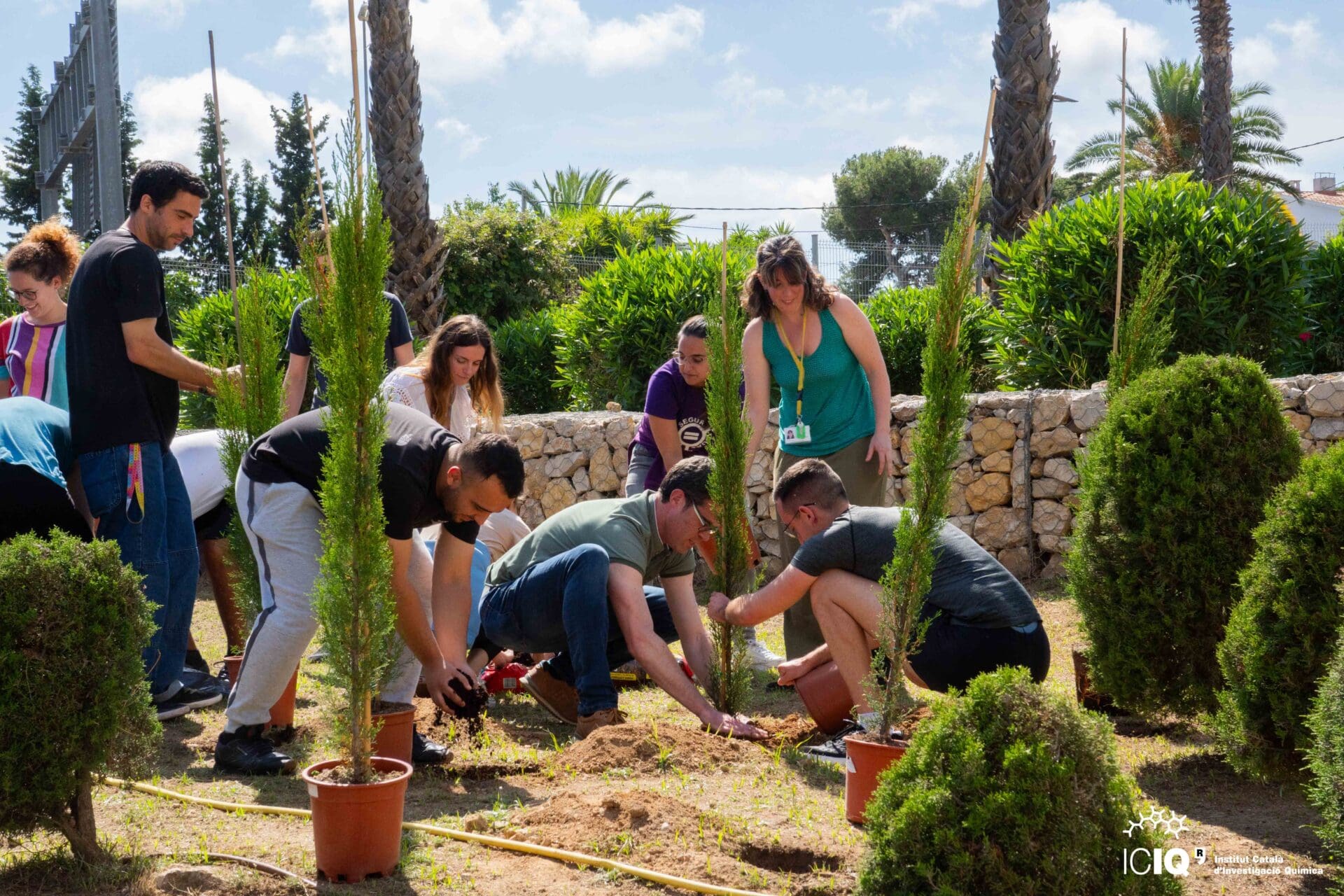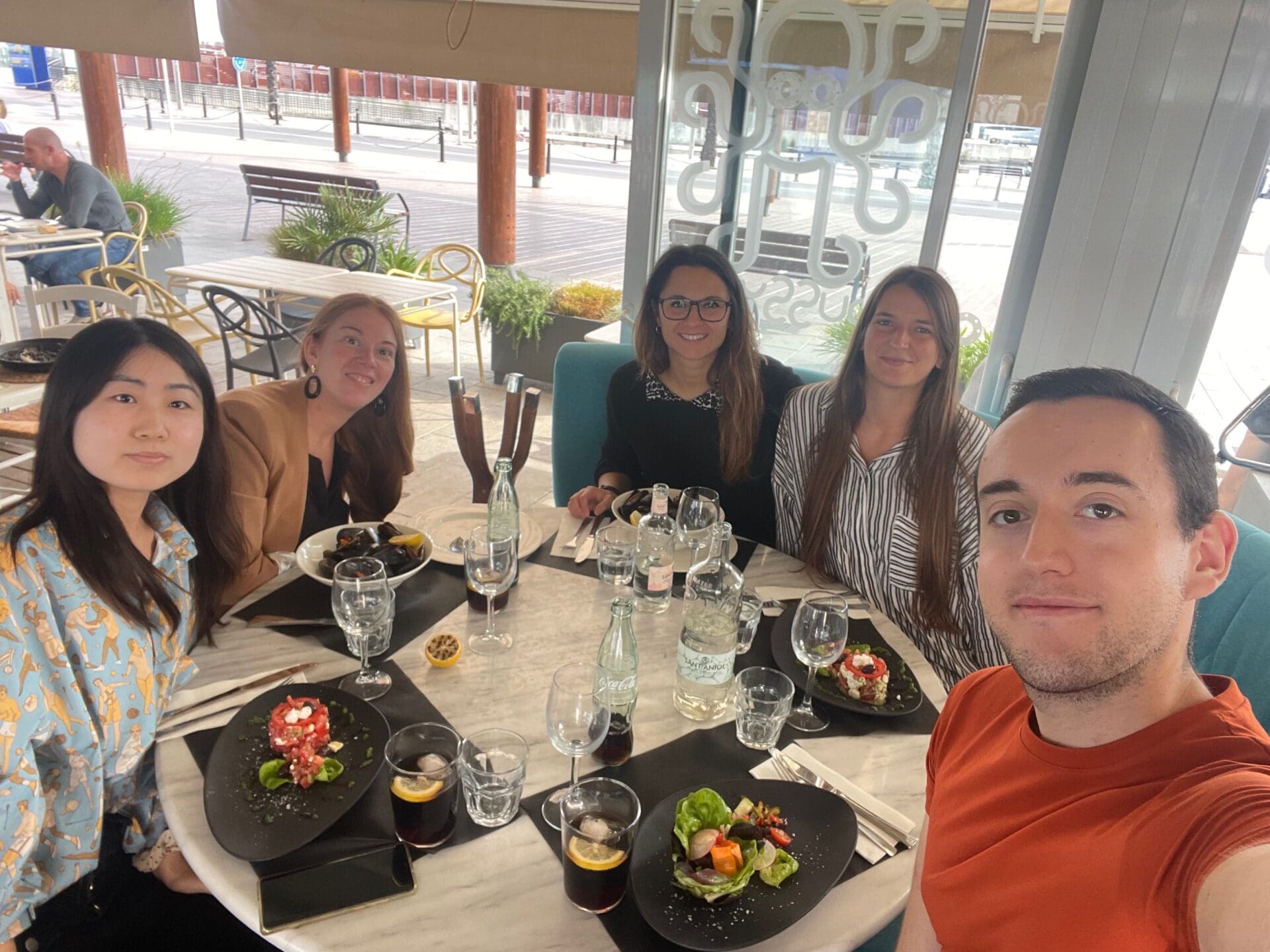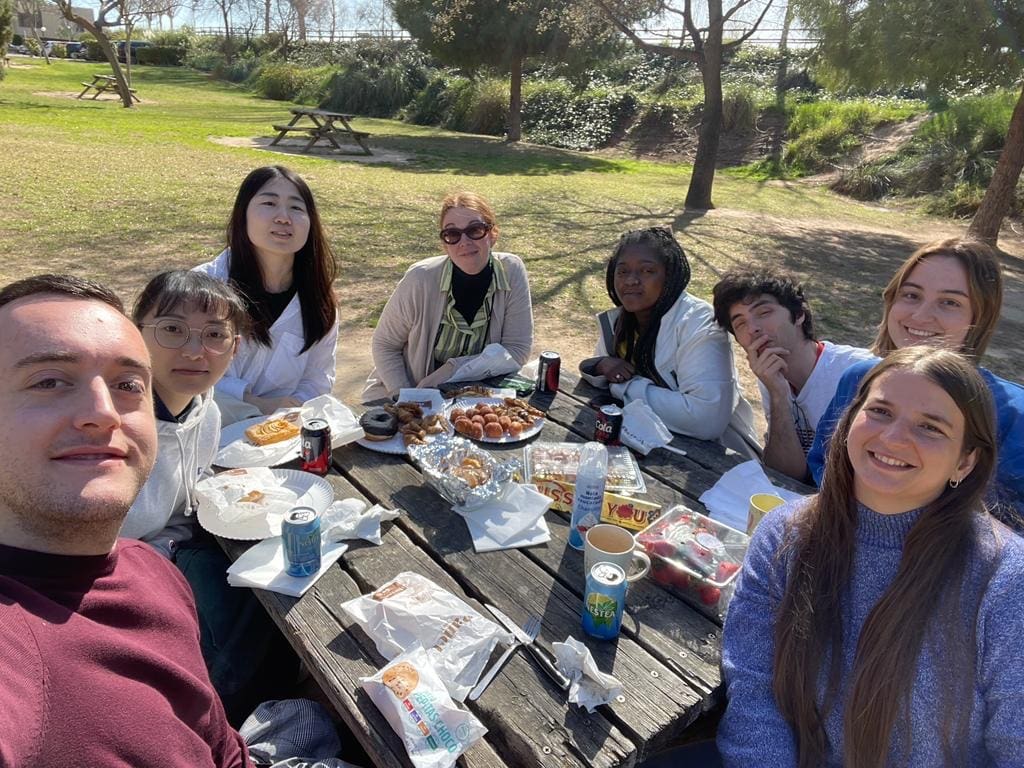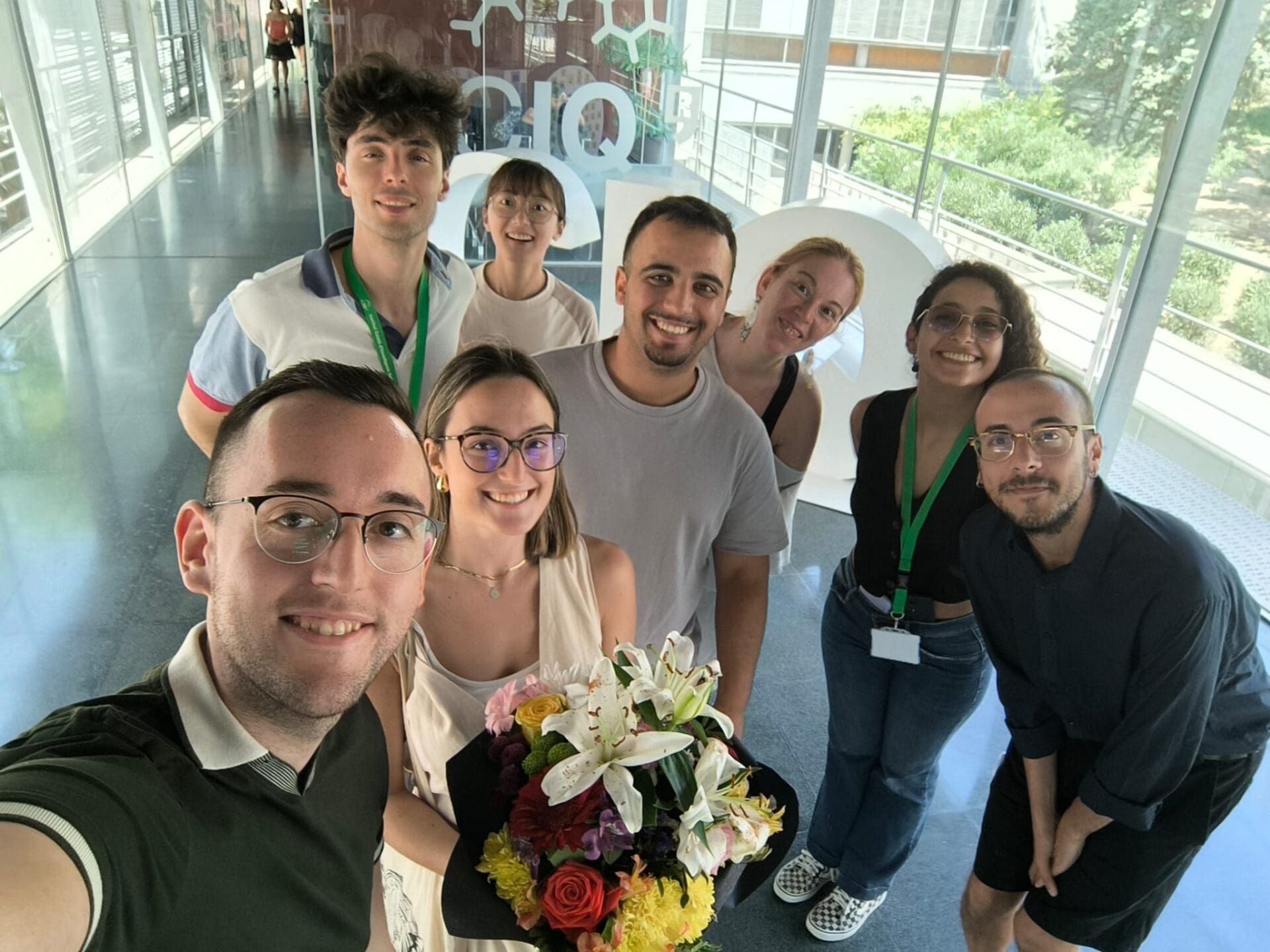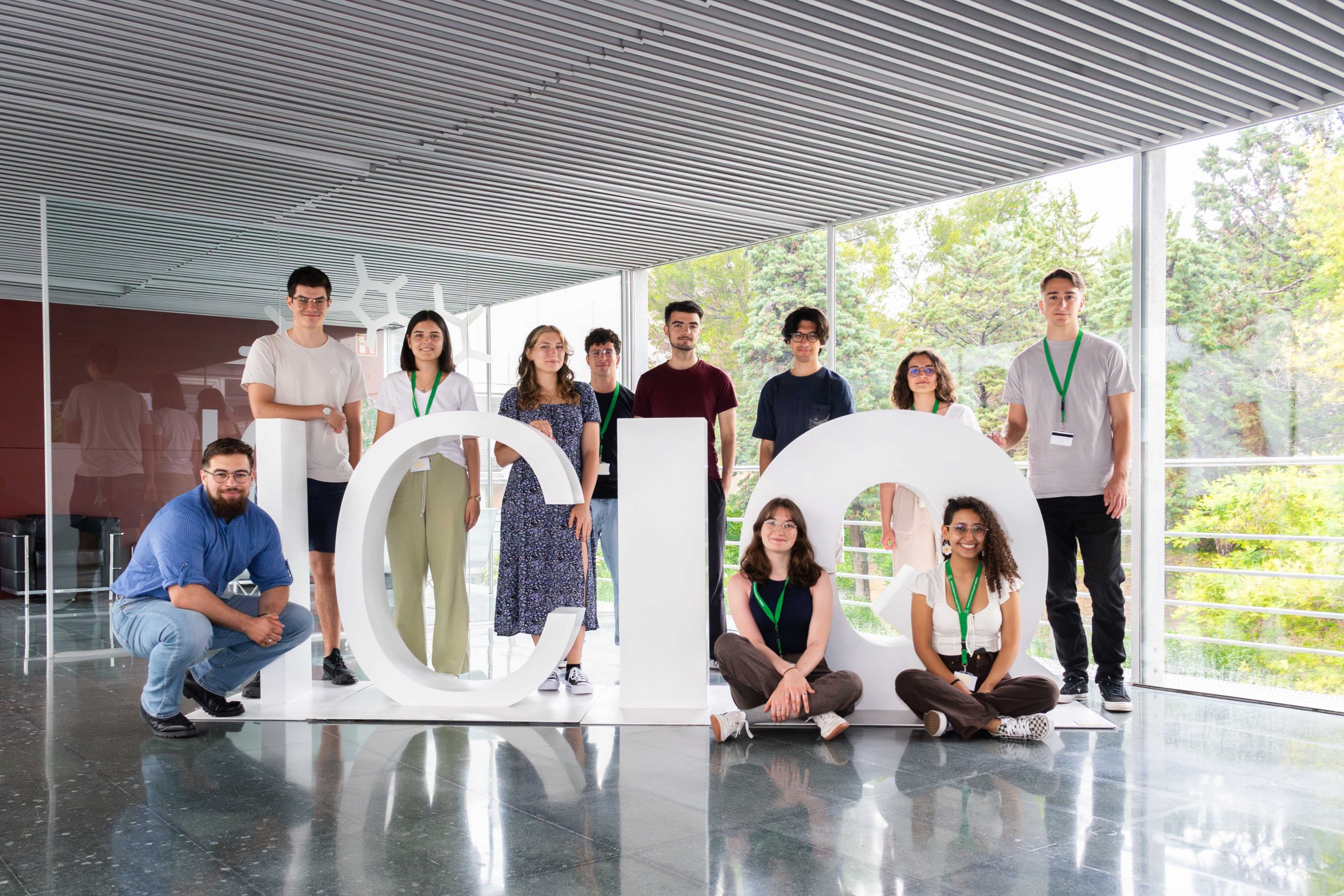- Home
- Resarch
- Research Groups
- Prof. Mónica H. Pérez-Temprano
Prof. Mónica H. Pérez-Temprano
Mechanism-driven reaction design & development.
Research
The Pérez-Temprano group is focused on harnessing the power of reaction mechanisms as a powerful tool to drive innovative reaction design and development. Our goal involves both: streamlining the development of more sustainable methodologies and expanding the frontiers of transition metal catalysis and organic synthesis by uncovering reaction pathways that have remained uncharted.
By placing mechanisms at the centre of reaction design and discovery, we aim to drive catalysis, new reactions, innovation, and remain the mechanistic landscape currently available in organic synthesis and organometallic chemistry.
Highlighted Publications
-
2023 | Chem.
Molecular memory near room temperature in an iron polyanionic complex
Research groups: Dr. Carla Casadevall, Prof. Julio Lloret-Fillol, Prof. Mónica H. Pérez-Temprano, Prof. J.R. Galán-Mascarós
-
2021 | Angew. Chem. Int. Ed.
Redefining the Mechanistic Scenario of Carbon–Sulfur Nucleophilic Coupling via High‐Valent Cp*Co(IV) Species
Research groups: Prof. J.R. Galán-Mascarós, Prof. Feliu Maseras, Prof. Mónica H. Pérez-Temprano
-
2020 | Angew. Chem. Int. Ed.
Weakly Coordinated Cobaltacycles: Trapping Catalytically Competent Intermediates in Cp*CoIII Catalysis
Research groups: Prof. Mónica H. Pérez-Temprano
-
2018 | Angew. Chem. Int. Ed.
HFIP-Assisted C−H Functionalization by Cp*CoIII: Access to Key Reactive Cobaltacycles and Implication in Catalysis
Research groups: Prof. Mónica H. Pérez-Temprano
Our team
Life Group and Community
Explore the 'Life Group and Community' section to get a glimpse of the human side behind our research. At the Pérez-Temprano group, we are not just researchers; we are a community! Discover the people and connections that fuel our research, and learn how our close-knit group enhances both our scientific endeavors and our quality of life.
Job offers
| Title | Reference | Deadline | |
|---|---|---|---|
| Scientific Entrepreneur (KTT 2024-07) | Reference: 5410895 |
|
APPLY |
| Project Researcher Innovation and Valorisation Laboratory (KTT 2024-05/06) | Reference: 5410559 |
|
APPLY |
| Postdoctoral Researcher (Ref: Postdoc 2024-35 RM) | Reference: 5411111 |
|
APPLY |

Let's create a brighter future
Join our team to work with renowned researchers, tackle groundbreaking
projects and contribute to meaningful scientific advancements
